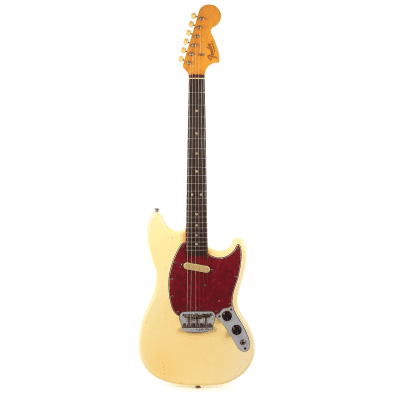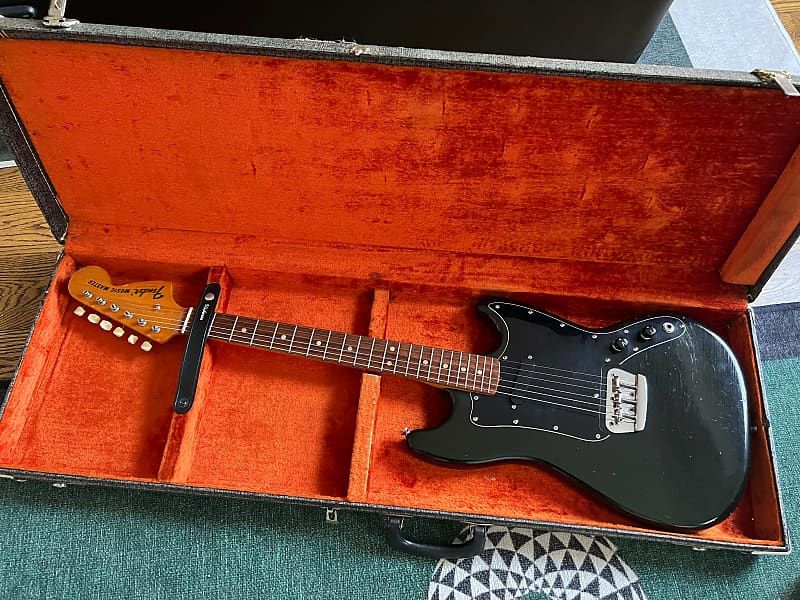

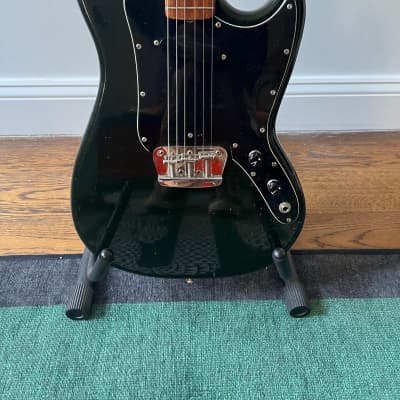
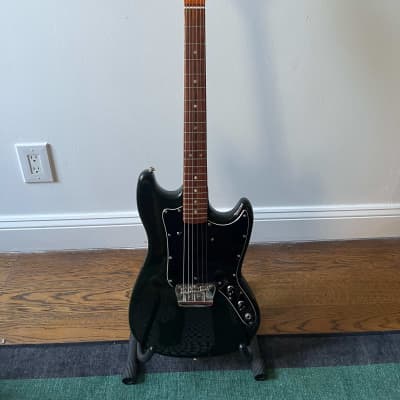
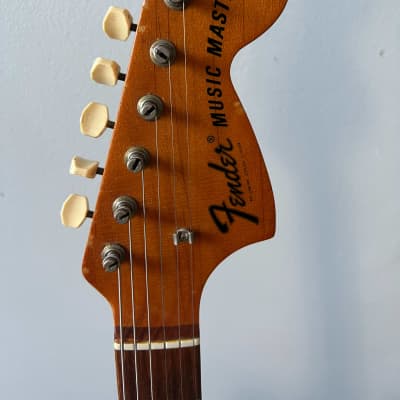
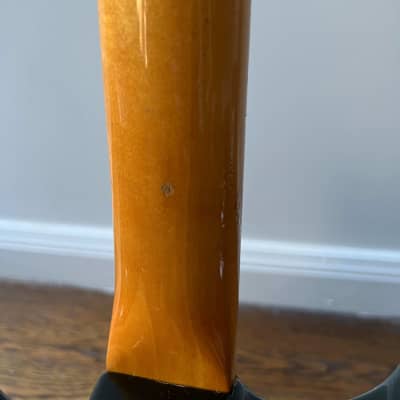
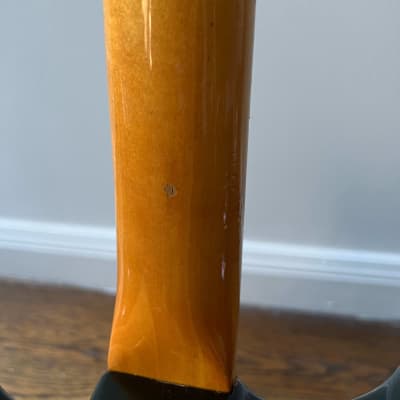
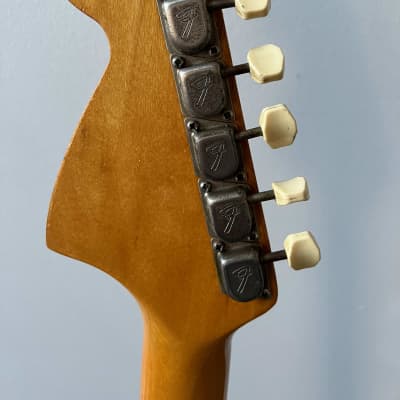
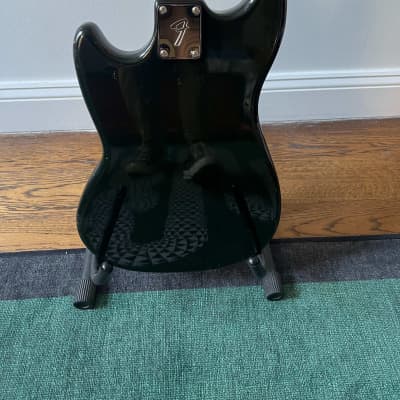
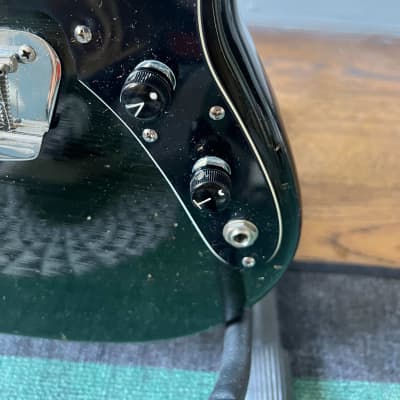
Fender Musicmaster with Rosewood Fretboard 1968 Black Refinished
Original Price$2,000
New Price$1,750
$250 price drop
+ $150 Shipping
Listed:a year ago
Views:2401
Watchers:77
Offers:2

Brooklyn, NY, United States
Reverb Buyer Protection
Reverb has your back if your item is lost, damaged, or doesn't match its description. Simply report any issues within 7 days and we'll help you get a full refund.Learn More

